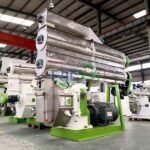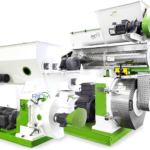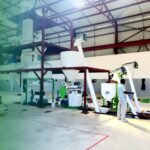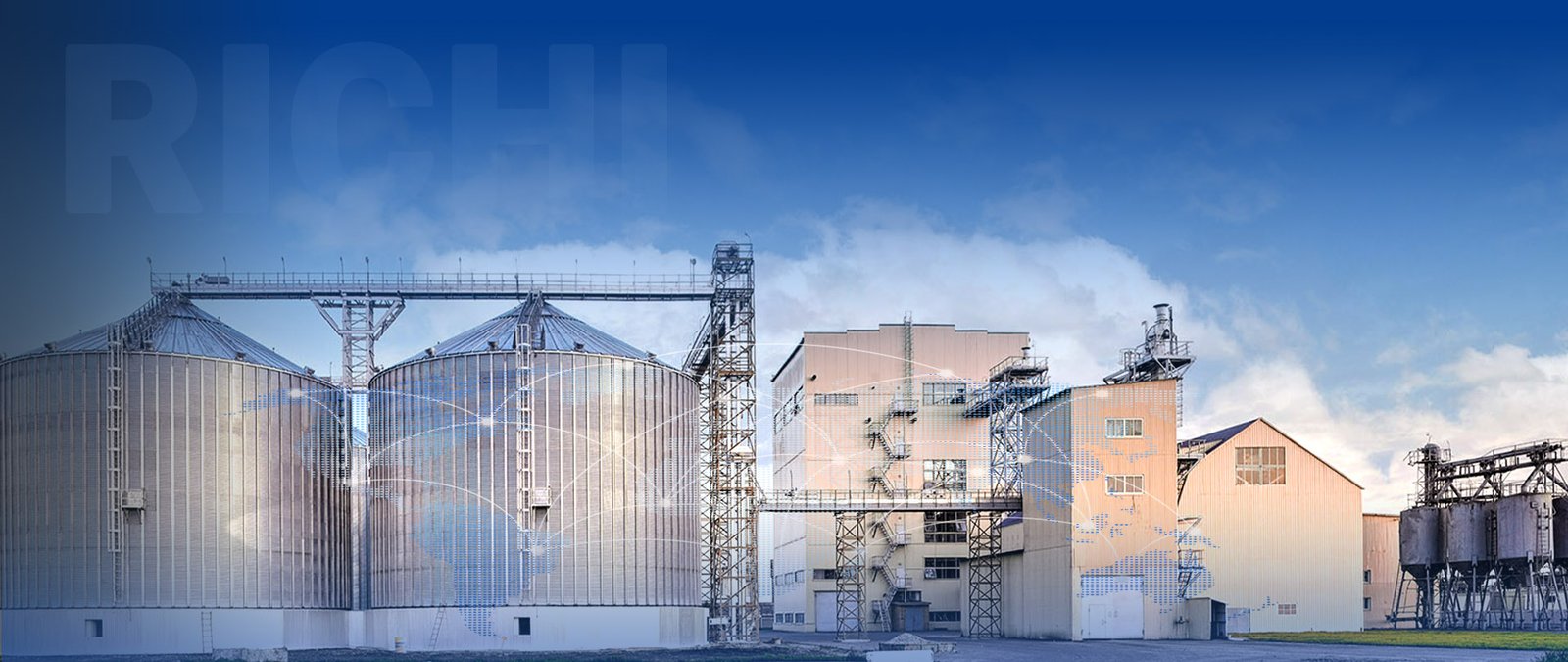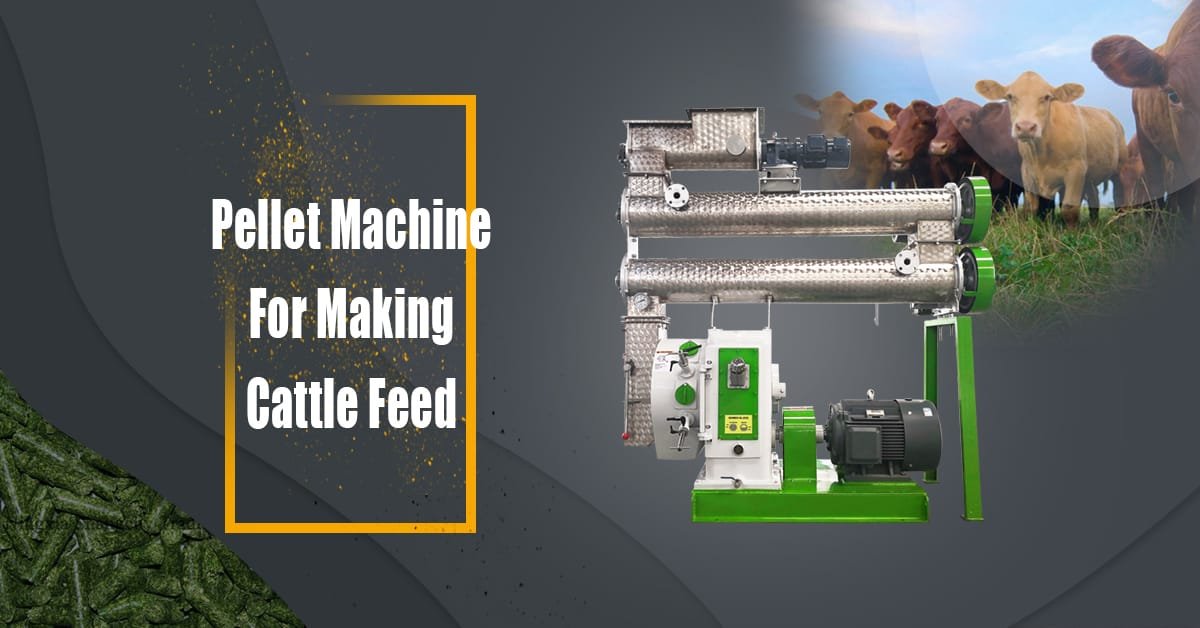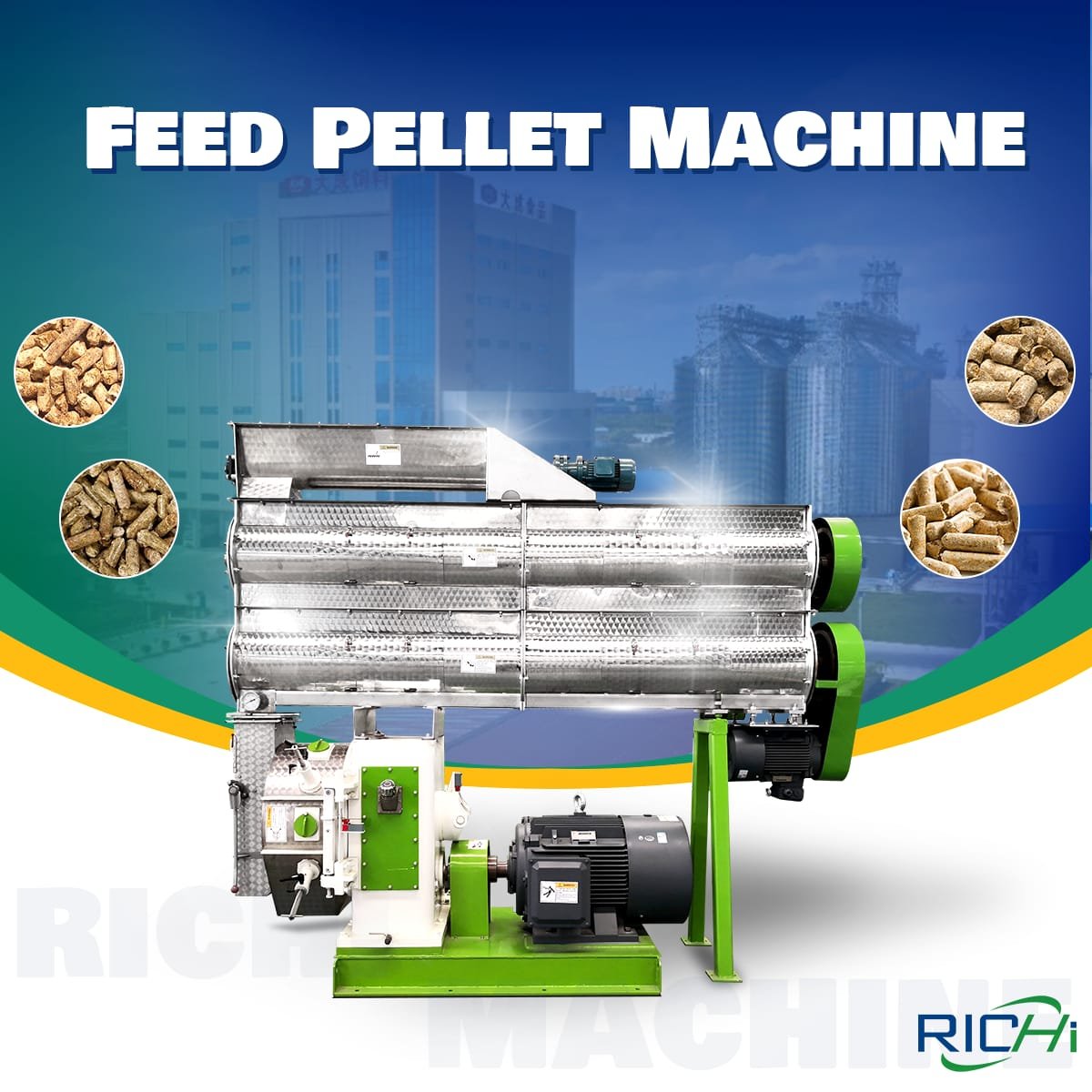1. Introduction
In the modern organic fertilizer production industry, the demand for efficient and intelligent management of production processes is on the rise. Organic fertilizer pellet machines, as key equipment in the production line, play a crucial role. However, traditional on – site – only monitoring and operation of these machines are often inefficient and lack real – time feedback. With the rapid development of the Internet of Things (IoT) technology, the construction of a remote monitoring system for organic fertilizer pellet machines has become possible and necessary. This article will comprehensively explore the construction of such a system, including its components, functions, and implementation methods.

2. Background and Significance of Remote Monitoring System for Organic Fertilizer Pellet Machines
2.1 Improving Production Efficiency
A remote monitoring system enables real – time monitoring of the operation status of organic fertilizer pellet machines. Operators can obtain information such as the rotation speed of the main components, the feed rate of raw materials, and the temperature of key parts without being physically present at the production site. Based on this real – time data, operators can make timely adjustments to the machine’s operation parameters, ensuring that the machine operates at an optimal level. For example, if the rotation speed of the rollers in a compression pelletizer is found to be too high or too low through remote monitoring, the operator can adjust it immediately, which can improve the production efficiency by 10 – 20%.
2.2 Reducing Maintenance Costs
By continuously monitoring the equipment status, the remote monitoring system can detect potential failures of organic fertilizer pellet machines in advance. For instance, abnormal vibrations or temperature rises of components can be early signs of component wear or mechanical problems. Once these issues are detected, maintenance personnel can be dispatched in a timely manner to carry out preventive maintenance, reducing the risk of sudden equipment failures. This can significantly reduce maintenance costs. Studies have shown that with the implementation of a remote monitoring system, the maintenance cost of organic fertilizer pellet machines can be reduced by 30 – 40%.
2.3 Facilitating Centralized Management
In large – scale organic fertilizer production plants with multiple organic fertilizer pellet machines, a remote monitoring system can facilitate centralized management. Managers can monitor the operation of all machines in a unified control center, which improves management efficiency. They can also analyze the data of multiple machines comprehensively, identify common problems, and make overall production plans. For example, if several pellet machines show a similar trend of decreasing production efficiency, managers can investigate whether there is a problem with the raw – material supply or a common equipment – related issue.
3. Components of the Remote Monitoring System for Organic Fertilizer Pellet Machines
3.1 Sensors
Process – Parameter Sensors
A variety of sensors are used to monitor the process parameters of organic fertilizer pellet machines. Speed sensors are installed on the main drive shafts to measure the rotation speed of components such as rollers in compression pelletizers or screws in extrusion pelletizers. These sensors convert the mechanical rotation into electrical signals, which can be transmitted to the data – acquisition unit. Pressure sensors are used to detect the compression pressure in compression pelletizers or the extrusion pressure in extrusion pelletizers. Temperature sensors are placed on key heat – generating components, such as motors and bearings, to monitor their operating temperatures. Humidity sensors can be used to measure the moisture content of raw materials if it is a critical parameter in the granulation process.
Equipment – Status Sensors
To monitor the status of the equipment, vibration sensors are crucial. They can detect the vibration amplitude and frequency of the machine body and key components. Abnormal vibrations may indicate problems such as bearing wear, unbalanced rotating parts, or mechanical looseness. In addition, current sensors can be installed in the electrical circuit of the machine to monitor the electrical current. An abnormal increase in current may suggest an overload or a short – circuit in the electrical system. (Related post:Organic Fertilizer Production Line )
3.2 Data – Acquisition Unit
The data – acquisition unit is responsible for collecting the signals from various sensors. It usually consists of analog – to – digital converters (ADCs) to convert the analog signals from sensors into digital signals that can be processed by a microcontroller or a programmable logic controller (PLC). The data – acquisition unit also has data – preprocessing functions, such as filtering out noise in the sensor signals and normalizing the data. After preprocessing, the data is transmitted to the communication module for further transmission.
3.3 Communication Module
The communication module is the bridge for data transmission between the on – site equipment and the remote monitoring center. In the context of IoT – based remote monitoring systems for organic fertilizer pellet machines, wireless communication technologies are often preferred due to their flexibility and ease of installation. Wi – Fi is a common choice for short – range communication within the production plant. It can provide high – speed data transmission, enabling real – time monitoring of large amounts of data. For long – range communication, cellular networks such as 4G or 5G can be used. These networks can ensure stable data transmission even over long distances, allowing remote monitoring from anywhere with network coverage. In addition, Bluetooth can be used for initial device setup and local data transfer in some cases.
3.4 Remote Monitoring Center
The remote monitoring center is the core of the system, where operators and managers can access and analyze the data from organic fertilizer pellet machines. It typically consists of a server with a powerful computing capacity to handle and store large amounts of data. The server runs monitoring software that has a user – friendly interface. Through this interface, operators can view real – time data in graphical or numerical forms, such as real – time graphs of rotation speed, pressure, and temperature. The software also has functions for data analysis, such as trend analysis, alarm setting, and historical data query.
4. Functions of the Remote Monitoring System for Organic Fertilizer Pellet Machines
4.1 Real – Time Monitoring
The most basic function of the remote monitoring system is real – time monitoring of the operation of organic fertilizer pellet machines. Operators can view the current values of various process parameters and equipment – status indicators at any time. For example, they can see the real – time rotation speed of the rollers, the feed rate of raw materials, and the temperature of the motor. This real – time information allows for quick response to any abnormal situations.
4.2 Alarm Function
The system is equipped with an intelligent alarm function. Based on pre – set thresholds for various parameters, the system can automatically send out alarm messages when abnormal conditions are detected. For example, if the temperature of a bearing exceeds the normal operating range, or if the vibration amplitude of a key component is too high, the system will send an alarm to the operator’s mobile device or display an alarm message on the monitoring software interface. The alarm function can be customized according to different levels of severity, enabling operators to prioritize responses to different problems.
4.3 Data Analysis and Reporting
The remote monitoring system can perform data analysis on the collected data. It can calculate statistical values such as the average, maximum, and minimum of process parameters over a certain period. Trend analysis can also be carried out to predict the future operation status of the machine. For example, by analyzing the trend of motor current over time, potential motor failures can be predicted. In addition, the system can generate reports in various formats, such as daily, weekly, or monthly reports, which are useful for production management and equipment maintenance planning.
4.4 Remote Control (Optional)
Some advanced remote monitoring systems may also have a remote – control function. With proper authorization, operators can remotely start, stop, or adjust the operation parameters of the organic fertilizer pellet machine. For example, they can remotely adjust the rotation speed of the rollers or the feed rate of raw materials. However, remote – control functions need to be carefully designed with strict security measures to ensure the safety of equipment operation. (Related project:8T/H Organic Fertilizer Factory In Vietnam)
5. Implementation of the Remote Monitoring System for Organic Fertilizer Pellet Machines
5.1 Hardware Installation
The first step in implementing the remote monitoring system is the installation of hardware components. Sensors need to be installed in appropriate positions on the organic fertilizer pellet machine to ensure accurate measurement. For example, speed sensors should be installed close to the rotating shafts, and vibration sensors should be attached to the key vibrating parts of the machine. The data – acquisition unit and communication module should be installed in a location that is convenient for wiring and has a stable power supply. After installation, proper wiring should be carried out to connect all components, and the wiring should comply with electrical – safety standards.
5.2 Software Configuration
The software of the remote monitoring system needs to be carefully configured. This includes setting up the data – acquisition parameters, such as the sampling frequency of sensors and the data – preprocessing algorithms. The alarm thresholds for various parameters should be set according to the normal operating range of the organic fertilizer pellet machine. The user – interface of the monitoring software should be customized to meet the needs of operators and managers, with clear and intuitive data display and operation functions. In addition, the software should be integrated with the database on the server for data storage and retrieval.
5.3 Security Considerations
Security is of utmost importance in a remote monitoring system. To protect the data transmitted between the on – site equipment and the remote monitoring center, encryption technologies should be used. For example, data can be encrypted using secure protocols such as SSL/TLS during wireless transmission. User authentication and authorization mechanisms should also be implemented to ensure that only authorized personnel can access and control the system. Regular software updates and security patches should be applied to prevent potential security vulnerabilities.
5.4 Training for Operators and Maintenance Personnel
Once the remote monitoring system is installed and configured, training for operators and maintenance personnel is essential. Operators need to be trained on how to use the monitoring software to view real – time data, respond to alarm messages, and perform basic data analysis. Maintenance personnel should be trained on how to interpret the equipment – status data provided by the system and carry out preventive maintenance based on this data. Regular training and refresher courses can help ensure that the staff can fully utilize the functions of the remote monitoring system.
6. Case Study of a Remote Monitoring System for Organic Fertilizer Pellet Machines
A medium – sized organic fertilizer production plant installed a remote monitoring system for its five compression pelletizers. After the installation, the production efficiency of the pelletizers increased by an average of 15%. The system detected several potential equipment failures in advance, such as bearing wear and motor overheating, which were resolved through preventive maintenance. As a result, the number of unplanned equipment shutdowns decreased by 40%, and the maintenance cost was reduced by about 35%. The plant managers also found it much easier to manage the production process, as they could monitor the operation of all pelletizers in a centralized manner and make more informed decisions based on the data analysis results.
7. Conclusion
In conclusion, the construction of a remote monitoring system for organic fertilizer pellet machines based on the Internet of Things has significant advantages in improving production efficiency, reducing maintenance costs, and facilitating centralized management. Through the integration of sensors, data – acquisition units, communication modules, and remote monitoring centers, such a system can provide real – time monitoring, alarm functions, data analysis, and optional remote – control capabilities. By following proper implementation steps, including hardware installation, software configuration, security protection, and staff training, the remote monitoring system can be successfully applied in organic fertilizer production plants. Case studies have demonstrated the practical effectiveness of such systems. In the future, with the continuous development of IoT technology, more advanced and intelligent remote monitoring systems for organic fertilizer pellet machines are expected to emerge, further promoting the development of the organic fertilizer production industry.


